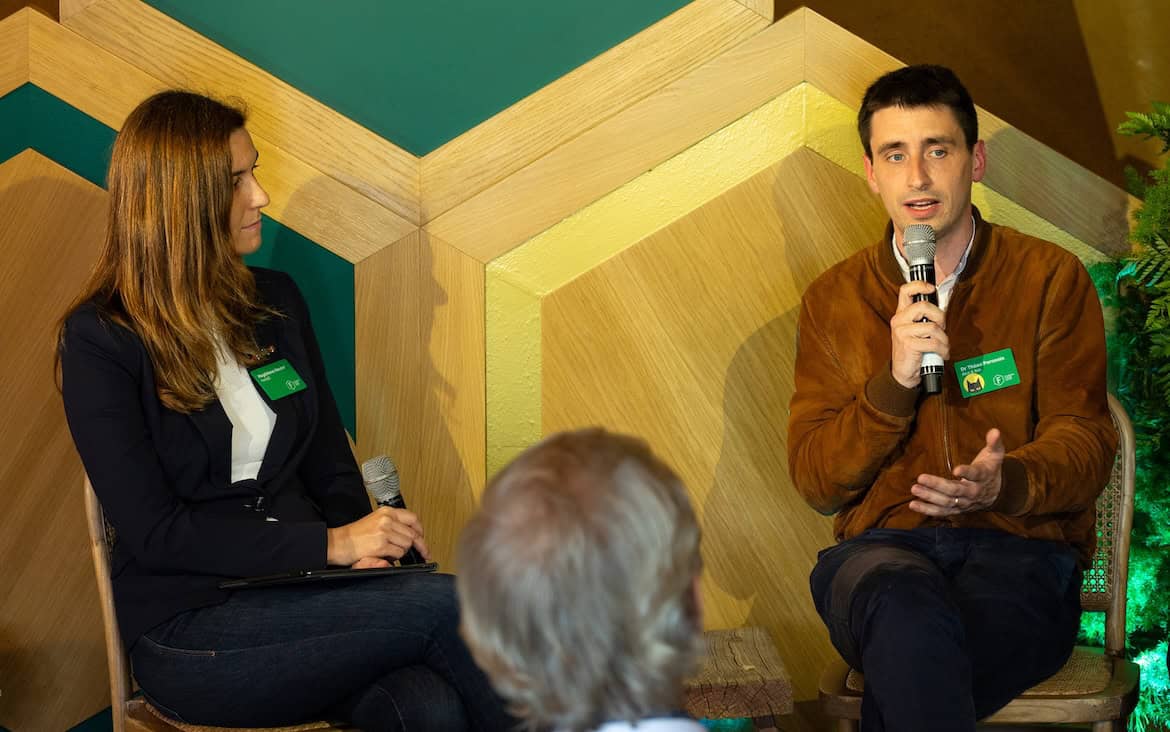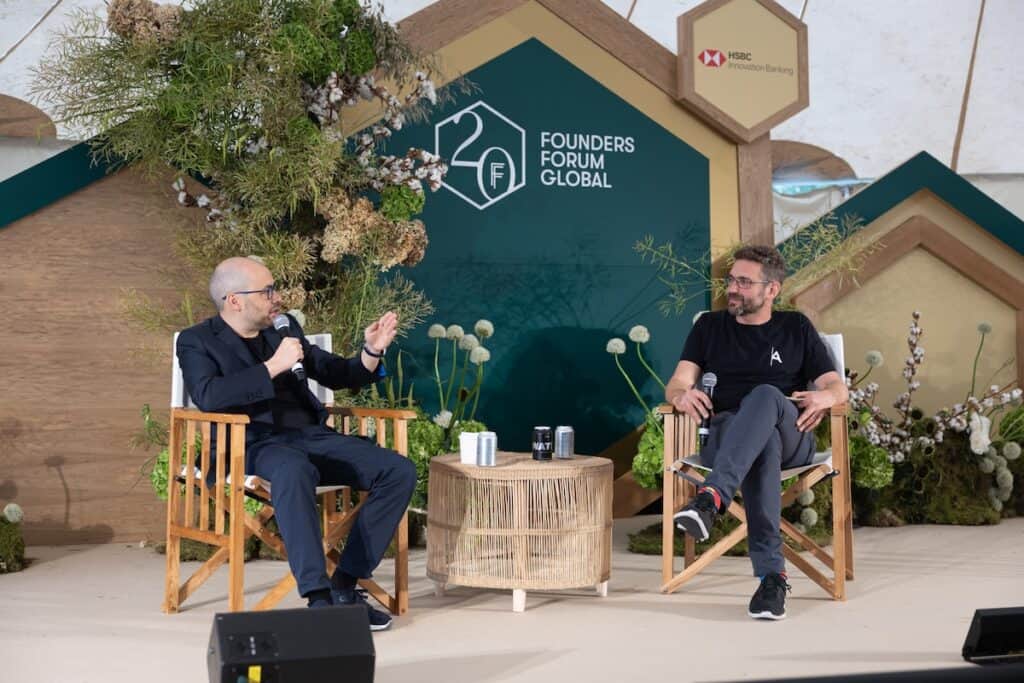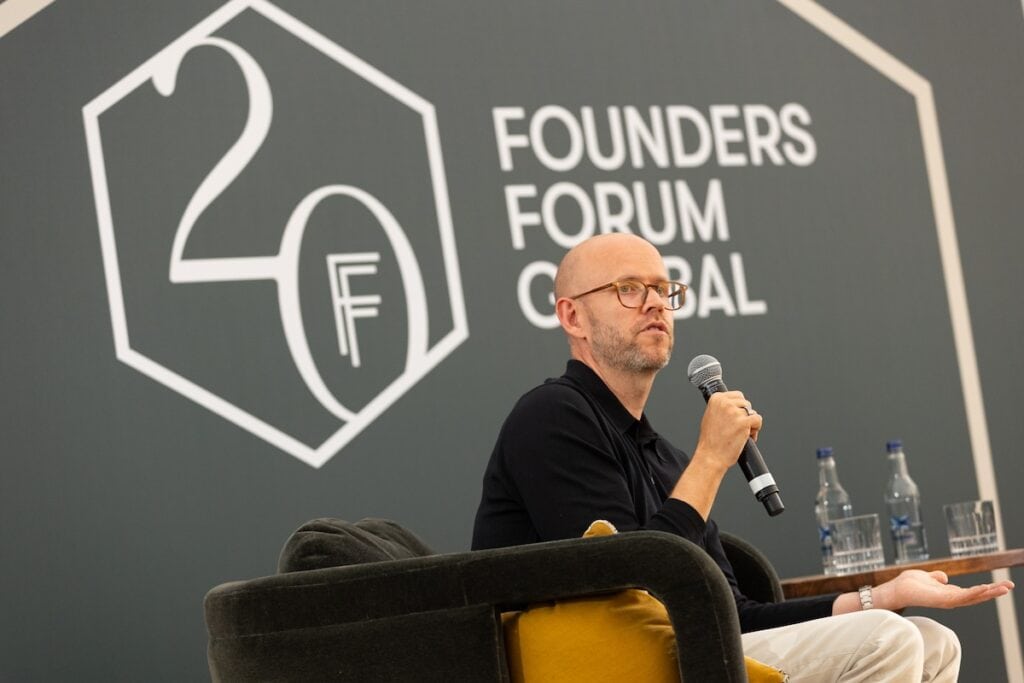Last updated on July 24, 2025
What does the future look like for quantum computing? Harmut Neven (Google Quantum AI), Dr Jeremy O’Brien (PsiQuantum), Dr Théau Peronnin (Alice & Bob) and more tech leaders discussed quantum applications at FF Global 2025.
The development roadmap for quantum computing is well underway. Error correction has significantly improved, quantum companies are maturing, acquisitions are up, and we’re anticipating a quantum-driven breakthrough in practical applications like fusion energy and medical treatments by 2040.
Quantum experts at Founders Forum Global highlighted a particular advancement in quantum capabilities in the last 12 months, especially in Europe, as the sector enters the steep part of its growth phase.
The rise of quantum computing will enable operations impossible for classical computers, creating the potential for huge tech breakthroughs in the next few decades. Quantum computers could generate physics-based training data for AI systems, creating a complementary relationship between AI and quantum, which could be revolutionary.
Read on to uncover the key insights from Inside FF.
Founder Spotlights
Florian Seibel, Quantum Systems
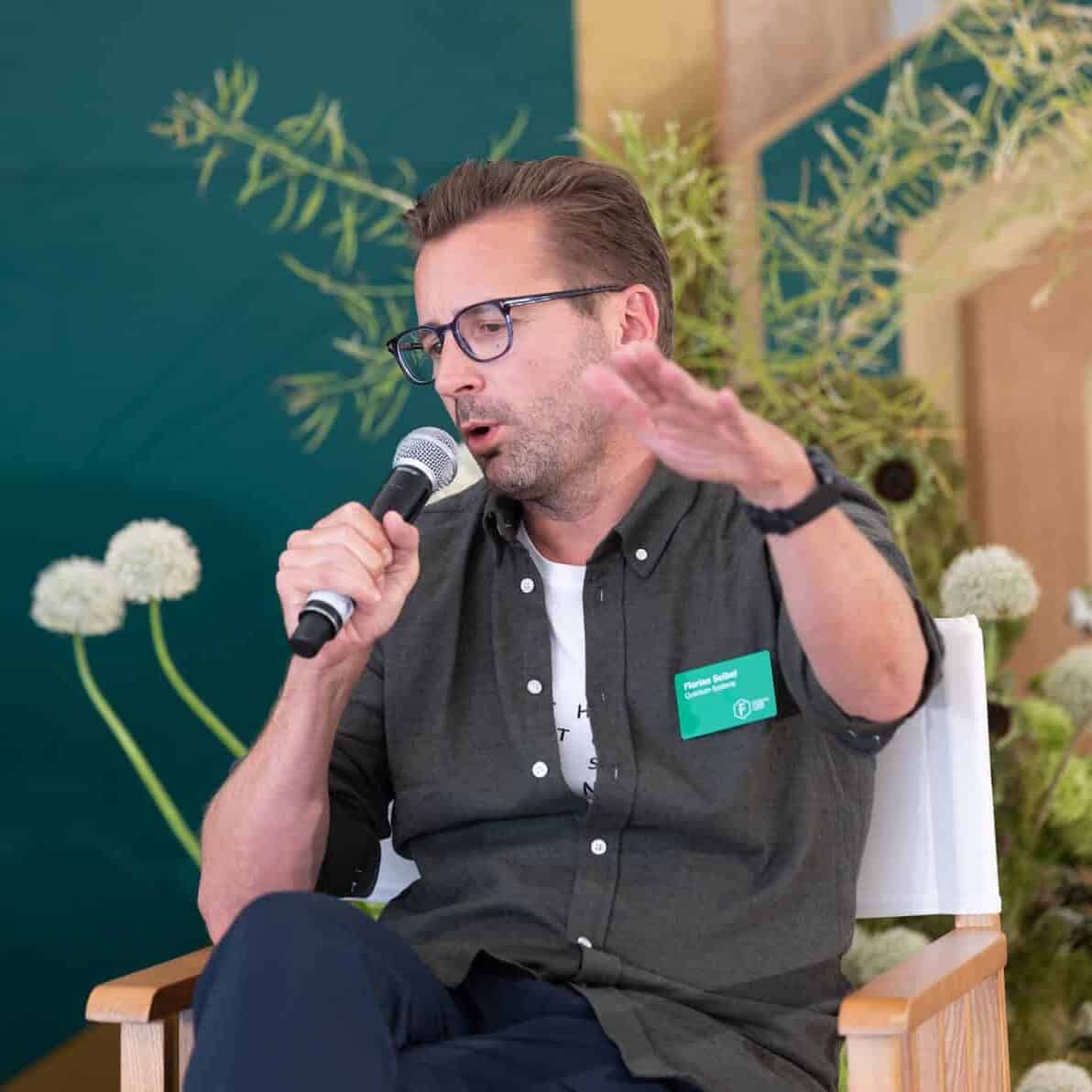
HQ: Gilching, Germany
Stage: Series C
Total Funding: €310m
FFs Attended: 2
Quantum System’s Florian Seibel and Rana Yared (General Partner, Balderton Capital) explored defence innovation in Europe. Their conversation delved into how autonomous drones, dual-use software, and cutting-edge technologies are strengthening Europe’s security and connectivity.
Dr Théau Peronnin, Alice & Bob

HQ: Paris, France
Stage: Series B
Total Funding: €130m
FFs Attended: 5
Alice & Bob’s Dr Théau Peronnin and PsiQuantum’s Dr Jeremy O’Brien sat with ParityQC’s Magdalena Hauser to discuss quantum’s shift from potential to practicality. They explored the industries benefitting from quantum today and the challenges and opportunities for scaling its real-world applications.
Dr Jeremy O’Brien, PsiQuantum
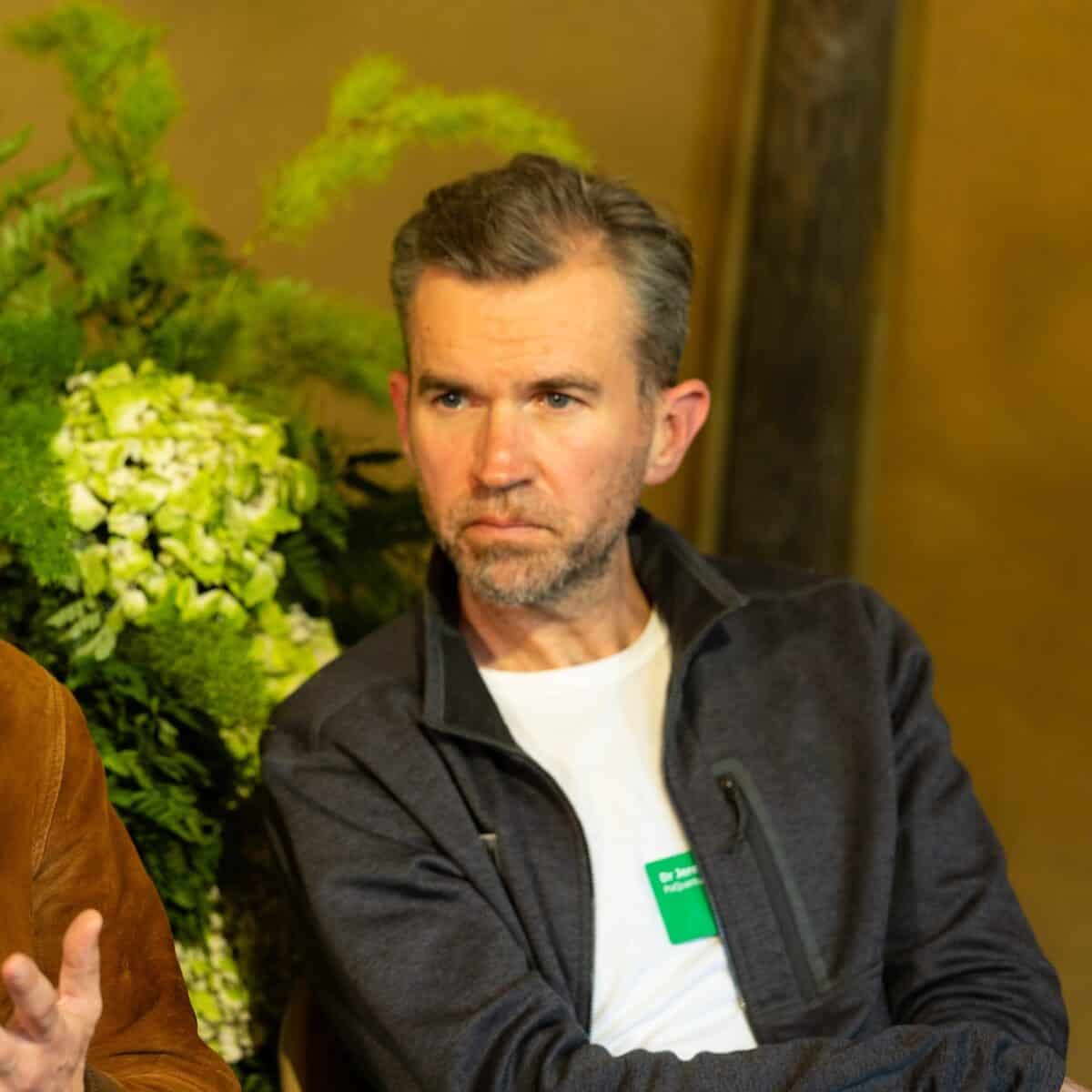
HQ: California, US
Stage: Series D+
Total Funding: €1b+
FFs Attended: 20
PsiQuantum’s Dr Jeremy O’Brien discussed the next steps of quantum computing, the real world benefits of its applications, and how to scale them effectively.
The Rise of Quantum Computing
The quantum computing world is buzzing with quiet confidence. Major quantum technology players have laid out ambitious roadmaps to realise fault-tolerant, commercially useful quantum systems. Google’s roadmap, laid out in 2019, is currently approaching milestone three of six. This step involves achieving one long-lived logical qubit that is capable of performing one million computational steps with less than one error. Essentially, it’s a crucial stepping stone towards the final milestone: making, connecting, and controlling 1 million qubits.
This will finalise the development of a large error-corrected quantum computer, which could revolutionise multiple industries, including medicine and sustainable technology. PsiQuantum’s Jeremy O’Brien thinks so. He says people are finally waking up to the fact that you need a one million qubit quantum computer to ensure fault tolerance and error correction, and unleash quantum computing’s potential.
Commercial viability is expected within 20 to 30 years – with a 10x improvement in qubit logic projected within the next five years, and a 100x improvement within the next ten. The mid-2030s are expected to bring breakthrough capabilities in materials science, while 2040 could see practical applications in fusion energy and medical treatments. It’s thought that early applications will target physics and quantum chemistry, with the pharmaceutical industry identified as key early adopter.
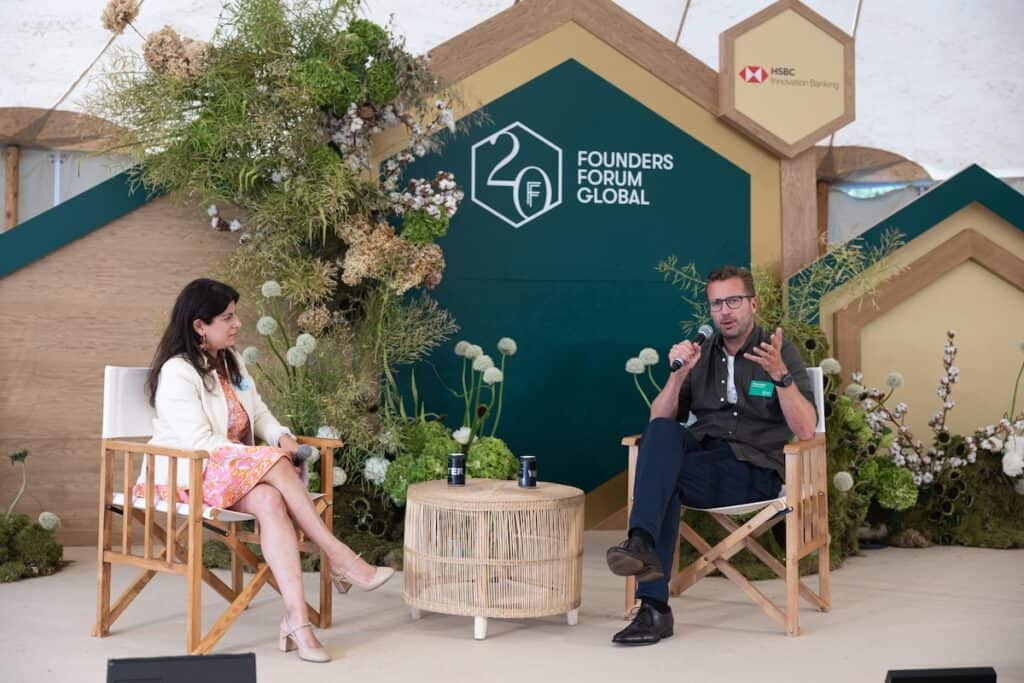
Mass manufacturing of quantum chips is now occurring specifically for data centre facilities, marking a crucial shift from research prototypes to industrial-scale production. In Europe, initial deployment is focused on High-Performance Computing centres, which will be crucial for scientific research, engineering, and other fields that require massive computing power.
Two primary quantum consumption models are emerging: cloud-based access for organisations wanting to experiment without massive infrastructure investments, and on-premise solutions for those requiring dedicated quantum resources.
Major government partnerships are also consolidating the quantum race. The Australian Government has invested $470m into PsiQuantum. Similarly, PsiQuantum intends to build the first US-based utility-scale, fault-tolerant quantum computer in the city of Chicago. The agreement includes an incentive package with the state of Illinois worth more than $500m over 30 years.
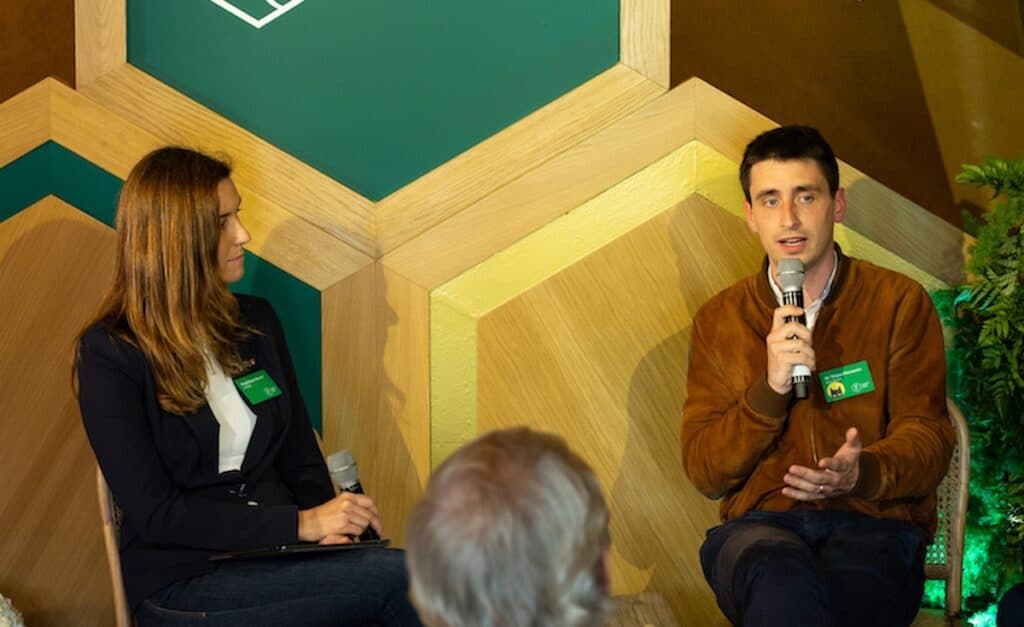
Europe’s Quantum Positioning
Europe boasts strong fundamentals in education and infrastructure – the kind of deep scientific expertise that quantum computing demands. Notable French startups, like Dr Théau Peronnin’s Alice & Bob and Georges-Olivier Reymond’s Pasqal, are gaining recognition, with the former raising its €100m Series B at the beginning of this year.
Yet European quantum companies are also increasingly being acquired by US firms. It’s a familiar story in the broader tech landscape, but particularly relevant in a field as strategically important as quantum.
Whilst Europe has the scientific foundation to lead in quantum computing, it lacks the financial ecosystem to fully capitalise on its strengths. As the industry enters its crucial growth phase, this dynamic could determine whether Europe remains a player or becomes merely a talent pipeline for US quantum dominance. We need to improve capital mobility in Europe and scale investment to compete globally.
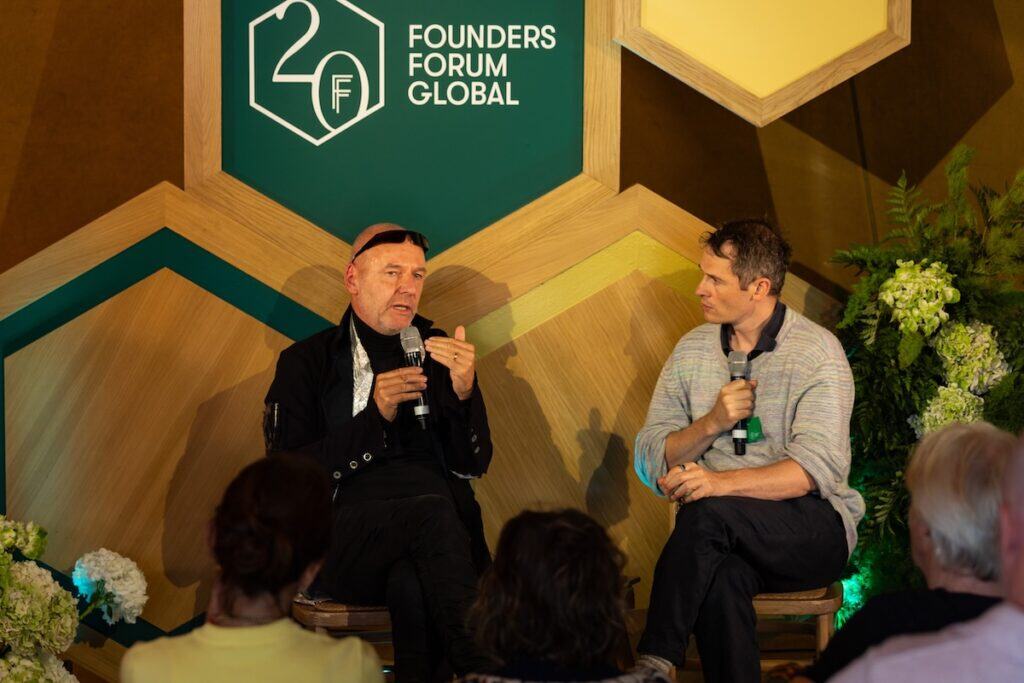
Quantum vs AI
90% of chemistry problems that the world faces today are perfectly solvable with classical computing. But, it’s the remaining 10% where the breakthroughs lie, and where quantum computers and AI technology will prove indispensable.
Quantum and AI are expected to complement each other, as quantum computers will have the ability to generate the physics-based training data for AI systems, creating a symbiotic relationship and an amplified technological impact. Using their combined power, the technology is projected to enable real-time control of cellular and neural tissues, as well as advanced diagnostic capabilities beyond current MRI technology, transforming the lives of millions.
Another example of their useful collaboration are quantum sensors, which allow us to use the earth’s magnetic field for navigation in the same way birds do. While quantum picks up the magnetic field, AI helps to distinguish the earth’s magnetic field from other signals and interferences in real-time. The US Air Force is using this technology to navigate without GPS and civilian aircraft will be next.
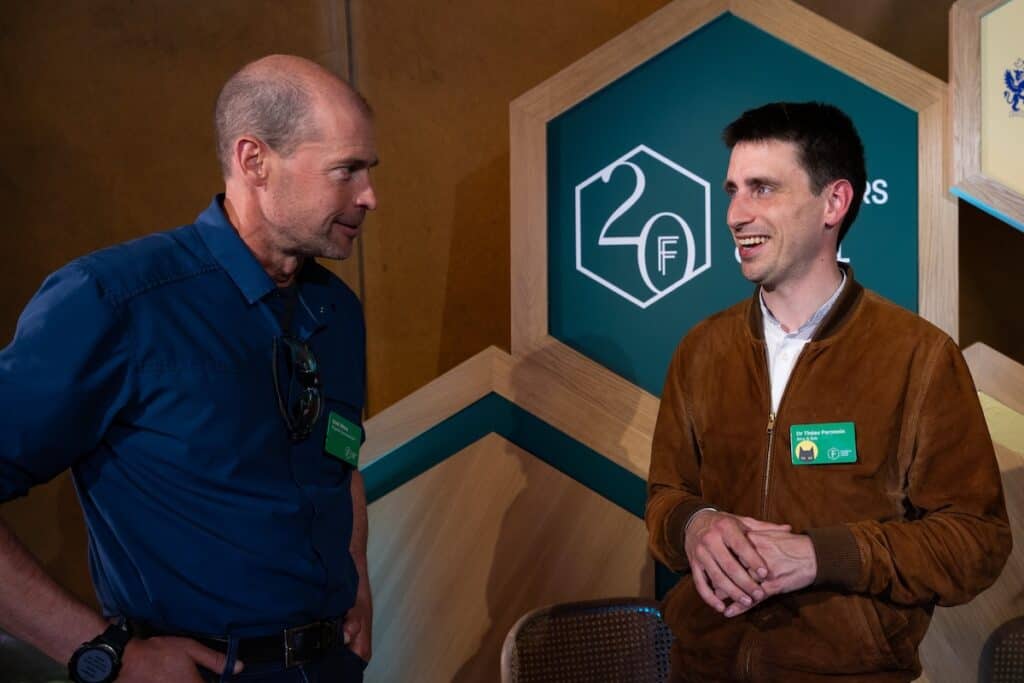
The Quantum Moment
Whilst error correction rates are improving, manufacturing processes are scaling, and real quantum applications are moving from theoretical to achievable, industry leaders are getting on board.
Nvidia CEO Jensen Huang made headlines in January when he showed his growing skepticism towards the emergence of quantum computing. His comments suggested the technology was far from being commercially useful, and triggered a sharp sell-off in shares for several quantum-focused firms, including the likes of Rigetti Computing, D-Wave Quantum, IonQ and Quantum Computing Inc.
However, just a few months later, at Nvdia’s GPU Technology Conference during a ‘Quantum Day’ event, Huang took back his comments, admitting he may have been misinformed. He embraced quantum as the next frontier in computing technology, announcing new investments into research, highlighting its game-changing potential.
Even in its early stages, quantum is no longer an abstract concept confined to scientists. It is actively finding solutions to problems that classical computer systems simply can’t handle. From sales logistics to predictive diagnostics, quantum computing is reshaping decision making and providing answers to some of the world’s most complex challenges.
 All Posts
All Posts